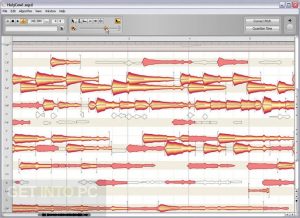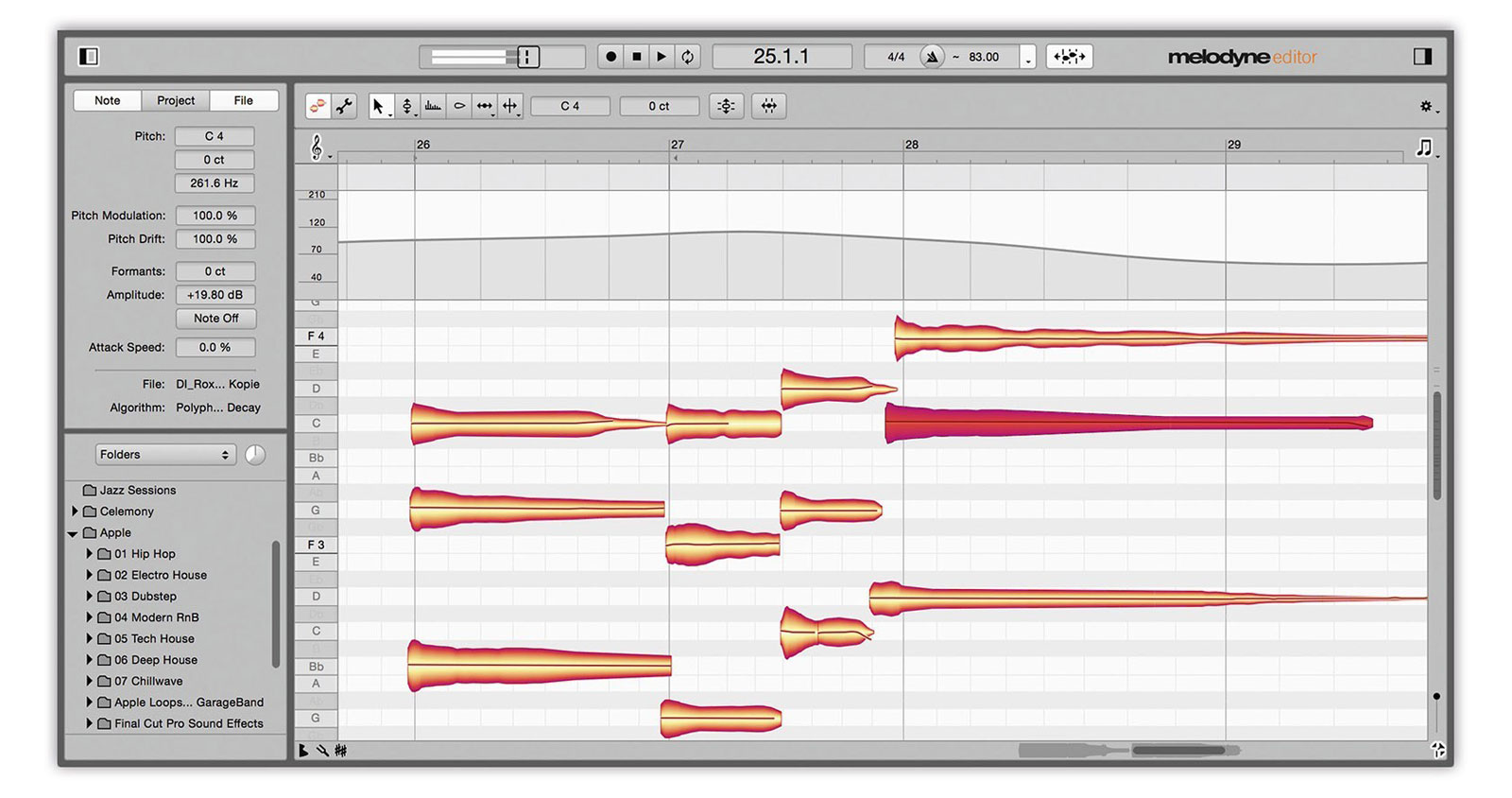


Once your audio is analyzed, each note shows up as a “blob” on a MIDI-like note grid, ready for detailed editing of the pitch, formants (timbre), amplitude, and timing of the material. Within a separate DAW host, the audio needs to get transferred in real-time into the plug-in, which then takes over playback for any regions transferred for the standalone version, you can simply drag-and-drop an entire audio file onto the application, which analyzes the audio as quickly as your CPU will let it. These two versions function similarly, differing mainly in how you load audio into the correction engine. Installing Melodyne Editor places both a plug-in version as well as a standalone application onto your hard drive.


 0 kommentar(er)
0 kommentar(er)
